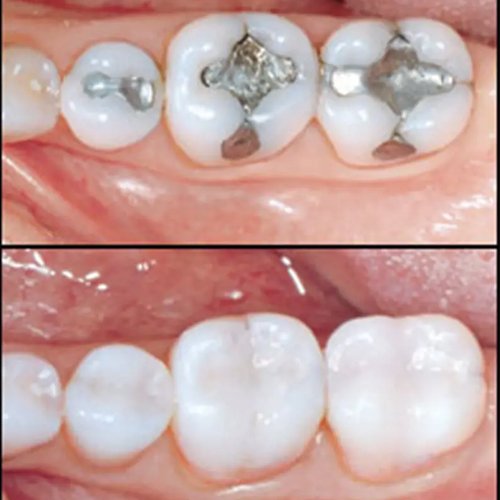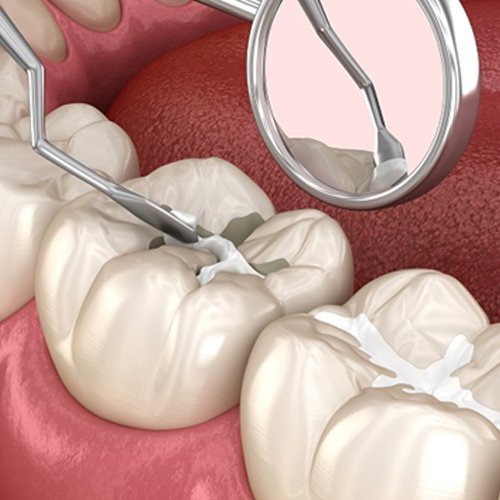What is a GIC filling?

A GIC (Glass Ionomer Cement) filling is a type of dental restorative material used primarily for filling cavities in teeth. This material is made from a mixture of silicate glass powder and polyacrylic acid, providing several unique properties that make it suitable for various dental applications. GIC fillings are particularly valued for their ability to chemically bond to both dentin and enamel, offering a strong and durable adhesion to the tooth structure.
One of the primary advantages of GIC fillings is their release of fluoride, which helps to protect the tooth from further decay. Fluoride release creates a beneficial environment that can inhibit bacterial growth and enhance the remineralization of the tooth structure, making it especially useful for patients with a high risk of caries. This continuous fluoride release makes GIC fillings particularly advantageous in pediatric dentistry and in cases where there is a higher likelihood of recurrent decay.
Additionally, GIC fillings are known for their biocompatibility, meaning they are well-tolerated by the surrounding gum tissue and do not provoke significant inflammatory responses.This makes them a good choice for patients with allergies to other dental materials such as amalgam or certain resins.Furthermore, GIC fillings can be used as
base or liner materials under composite restorations, providing additional support and protection to the underlying tooth structure.
Another significant benefit of GIC fillings is their ease of application. They can be placed in a moist environment, which is often a challenge with other types of dental restoratives that require a completely dry field. This property makes them particularly useful in situations where moisture control is difficult, such as in areas near the gum line or for patients with salivary issues.
However, GIC fillings do have some limitations. They are generally not as strong or wear-resistant as composite resins or amalgam fillings, making them less suitable for areas of the mouth subjected to high chewing forces, like molars. Their aesthetic qualities, while improved over the years, may not match the natural translucency and gloss of composite materials.
In summary, GIC fillings provide a versatile and beneficial option in dental restorations, particularly valued for their fluoride release, biocompatibility, and ease of use in moist environments. While they may not be suitable for all types of cavities, their unique properties make them an important tool in modern dentistry, especially for specific clinical situations.













